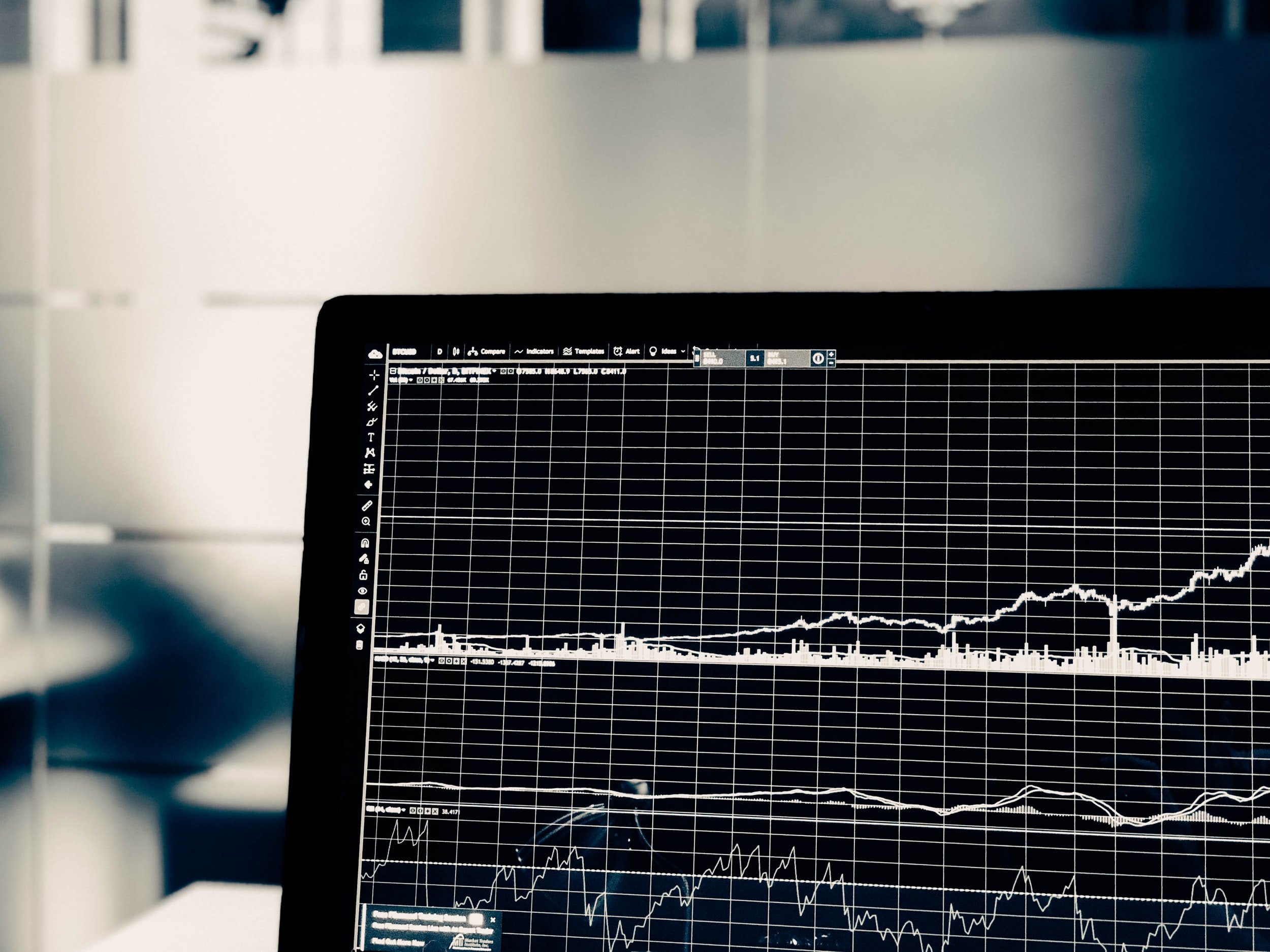
Understanding Environmental Data Logging
As the name implies, a data logger is an instrument that stores data. In environmental monitoring applications, data loggers can be used not only to collect data from sensors and sondes but to control sampling rates and transmit data to a central location in real-time.
-
Data loggers allow conditions to be measured, documented, analysed, and validated in an automated process. The purpose is to use the collected information for the verification or correction of processes; that is, for the improvement of methods and results
-
A data logging system comprises of the following basic components.
Power Source
External DC power via AC/DC mains adaptor or a Power Supply Unit (PSU)
Battery – Alkaline, Lithium or NiCd rechargeable.
Solar Power/Battery combination.
Computer Power via the USB connection.
-
Generally speaking, the instrumentation market understands a data logger to be a relatively slow sample rate device; typically, once per second and slower while a data acquisition system (or DAQ system) has sample rates that reach into the MHz or even GHz range
-
People use sensors to measure temperature, gauge distance, detect smoke, regulate pressure and a myriad of other uses. Because analog signals are continuous, they can account for the slightest change in the physical variable (such as temperature or pressure).
-
Item description
-
Data loggers that utilize Bluetooth Low Energy (BLE) technology measure and transmit temperature and relative humidity data wirelessly to mobile devices over a 100-foot range.
-
Data loggers that utilize Bluetooth Low Energy (BLE) technology measure and transmit temperature and relative humidity data wirelessly to mobile devices over a 100-foot range.
-
5 Common Applications for Data Loggers:
Environmental monitoring. Probably the most common and widely-used application of data loggers is for environmental monitoring.
Industrial health and safety.
Energy efficiency management.
Farming.
Urban planning.
-
A temperature logger is an electronic device capable of storing a number of measurements. Often battery powered, it accepts one or more sensor inputs, sampling and saving the data at a predetermined frequency. At the end of the acquisition period the logger is recovered and the data downloaded into a PC for analysis.
-
-
Piezometers are pressure-sensitive, submersible measurement sensors designed to detect pore water pressure and groundwater levels in a variety of geotechnical applications. Because pore pressure has such significant effects on ground behavior, it is essential to monitor building site pore pressure before, during, and after construction.